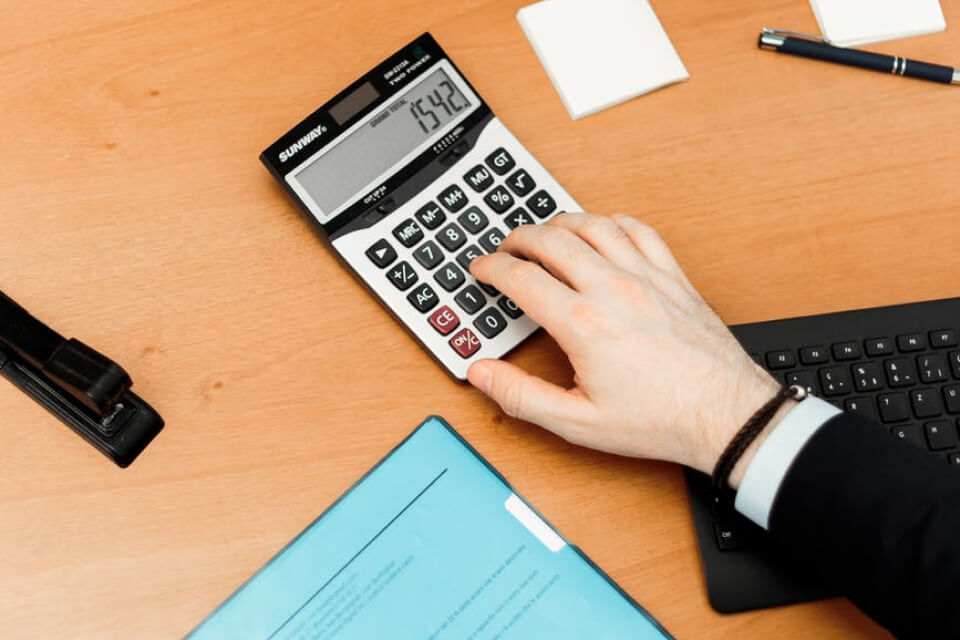There is an unavoidable risk on the horizon for Robinhood.
Robinhood Markets (HOOD 0.31%) went public in 2021 at $38 per share and quickly rocketed to an all-time high of $85. Investors rewarded the company’s ability to attract young, first-time investors who wanted to trade financial assets like stocks and options contracts to its platform.
However, the bear market during 2022 spooked many of Robinhood’s clients, and its stock subsequently plunged by more than 90% from its record high. A recovery is now underway, and Robinhood stock has soared 315% from its 52-week low of $7.91.
But is it too late for investors to buy? There is a key risk that might cap Robinhood’s upside potential from here, and I’ll tell you what it is.
Robinhood’s transaction revenue is still down from its 2021 levels
During the peak of the stock market frenzy in 2021, Robinhood had 21.3 million monthly active users on its platform. Historically low interest rates, trillions of dollars in pandemic-related stimulus payments, and lockdown restrictions were a winning combination for Robinhood’s young investor base, who threw caution to the wind in meme stocks like GameStop.
Robinhood’s primary revenue source is processing transactions on behalf of its clients. The company earns a fee every time an investor buys or sells a stock, futures contract, options contract, or cryptocurrency. In the second quarter of 2021, Robinhood’s transaction revenue was $451 million, a record high that still stands today.
During the recent third quarter of 2024 (ended Sept. 30), Robinhood’s transaction revenue came in at $319 million. Not only is that way below its Q2 2021 peak, but it was actually down from both the first and second quarters of 2024, led by declines in the stock and cryptocurrency segments.
Robinhood’s core business hasn’t really grown in the last three years, at least when measured by its quarterly revenue. So, what’s the issue?
During Q3, Robinhood had just 11 million monthly active users. That’s down 48% from the 2021 peak and marks the low point for 2024 so far, which suggests the platform might have lost some of its appeal. It will be very difficult for Robinhood to grow its transaction revenue from here if active users continue to drop off.
But that might not be the biggest risk facing the company right now.
Image source: Getty Images.
Robinhood’s interest income faces an unavoidable risk
Between March 2022 and August 2023, the U.S. Federal Reserve raised the federal funds rate (overnight interest rates) from a historic low of 0.13% all the way to a two-decade high of 5.33%.
Robinhood currently has $4.8 billion in cash on its balance sheet, in addition to $4.4 billion in cash it’s holding on behalf of its clients. That money is stored in bank accounts which pay interest to the company. Additionally, Robinhood earns interest income from the $5.5 billion in margin loans currently held by its clients, which they use to buy stocks and other financial assets.
Simply put, high interest rates have been a massive tailwind for Robinhood. In fact, its quarterly net interest revenue hit an all-time high of $285 million in the second quarter of 2024 (ended June 30). That’s more than the company generated in the whole of 2021 when interest rates were at a historic low. In other words, this has been the key driver of Robinhood’s total revenue growth over the last three years.
Net interest revenue fell to $274 million during the recent third quarter, and that might be the beginning of a persistent decline from here. That’s because the Fed slashed interest rates by 50 basis points at its September meeting, followed by a further 25 basis points this month. Therefore, investors should brace for steeper declines in Robinhood’s net interest revenue in the upcoming fourth quarter and into 2025.
Robinhood stock is quite expensive right now relative to its history
The 315% rally in Robinhood stock from its 52-week low has catapulted it to a price-to-sales (P/S) ratio of 12.1. That’s the highest level in two years, and it’s a 59% premium to its long-term average of 7.6 going back to when it came public in 2021:
HOOD PS Ratio data by YCharts
Since the P/S ratio is calculated by dividing a company’s market capitalization by its revenue, investors typically pay a premium when revenue is growing quickly. In Robinhood’s case, its transaction revenue has slipped (on a sequential basis) for two straight quarters, and its net interest revenue might be set for a sustained decline.
Therefore, it doesn’t make much sense for Robinhood’s valuation to be climbing so aggressively, and investors who buy the stock now might risk having the rug pulled from under them if the company’s revenue disappoints in the upcoming quarters.
So, is it too late to buy the stock? I think the answer is yes. Its best gains might be in the rearview mirror.


